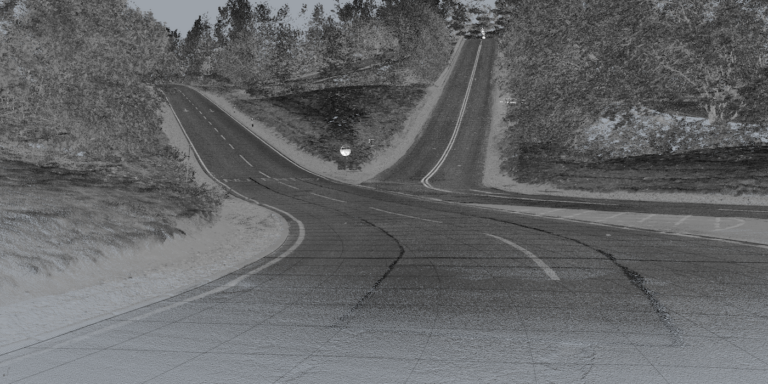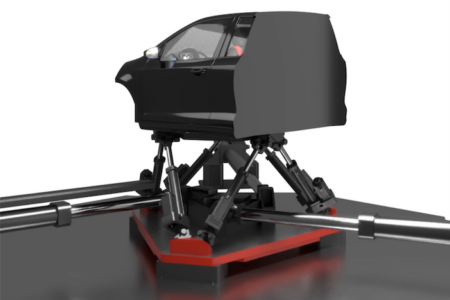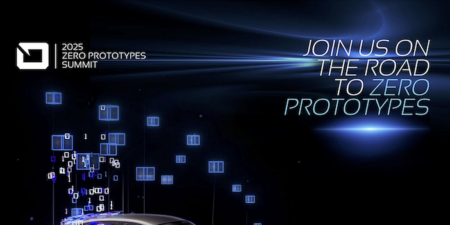UK-based Millbrook is investing in the creation of a digital model of its proving ground. Millbrook commissioned software specialist rFpro to create the model, which is intended to enable vehicle manufacturers to improve the development process of ADAS and autonomous systems.
“The software for ADAS and autonomous systems need to be trained and tested on a digital copy of the proving ground before they are ready for real-world testing,” stated Chris Hoyle, technical director at rFpro. “By investing in a digital model, Millbrook’s proving ground becomes a simulated part of its customers’ continuous integration software development tool-chain. This significantly reduces the development and validation time, and therefore cost, of such systems.”
For validation work to be effective, an accurate correlation between the software and the real world is crucial, which requires precise measurement and analysis. To achieve this, rFpro used phase-based laser scanning survey data to create models with an accuracy of around 1mm in Z (height) and in X and Y (position). The Millbrook model contains over 30 miles (50km) of various types of road, including ADAS and autonomous facilities, wet and dry handling, ride and durability routes.
The virtual world created by rFpro can be populated by ‘ego’ vehicles (the customer’s vehicles) as well as by semi-intelligent swarm traffic and programmed traffic. Vehicular and pedestrian traffic can share the road network correctly with synchronized traffic and pedestrian signals, following the rules of the road, while also allowing ad-hoc behavior, such as pedestrians stepping into the road, to provoke an emergency. This allows digital experiments to mirror the real-world tests conducted on the physical proving ground at Millbrook.
Human test drivers can interact with this virtual world in full-scale driving simulators, or at desktop workstations with basic steering and pedal controls. This allows drivers to test cars with ADAS systems, to be passengers in a car under the control of a fully autonomous system, or to simply drive around the virtual world to either subjectively assess the behavior of autonomous vehicles, or to provoke emergency scenarios and evaluate the response.
“The development of connected and autonomous vehicles necessitates a virtual test environment,” explained Alex Burns, president of Millbrook. “Testing of future systems needs to begin today, so we are ensuring that our customers have the tools and capabilities required to take full advantage of our facilities as they develop the vehicles of tomorrow.”





